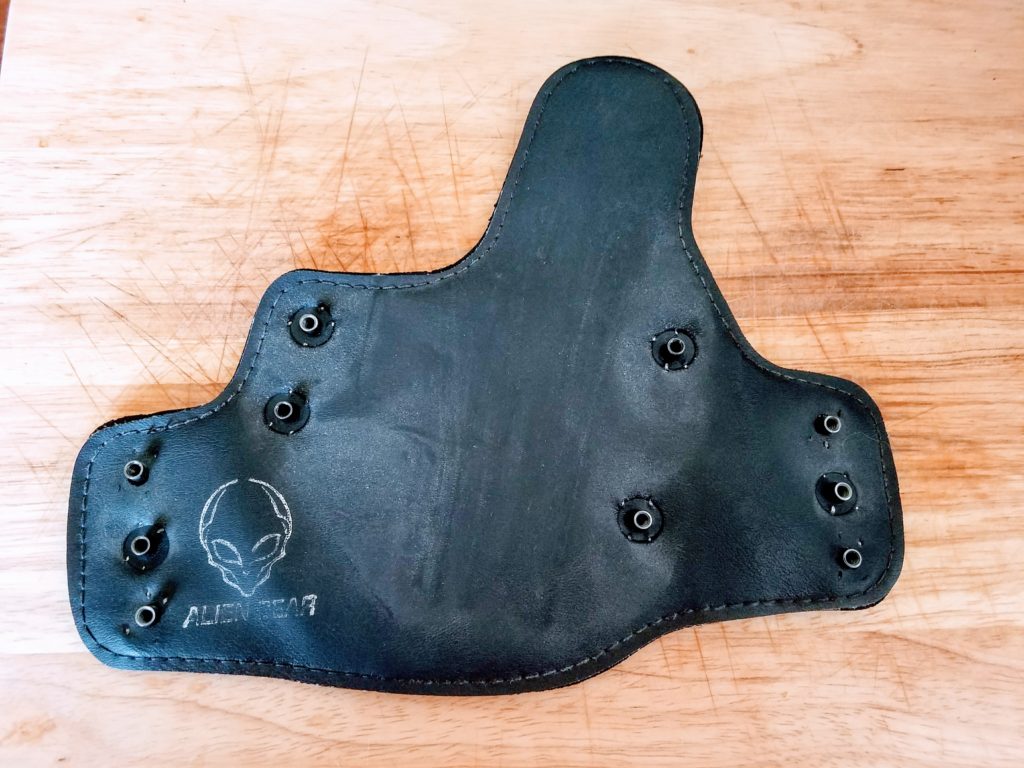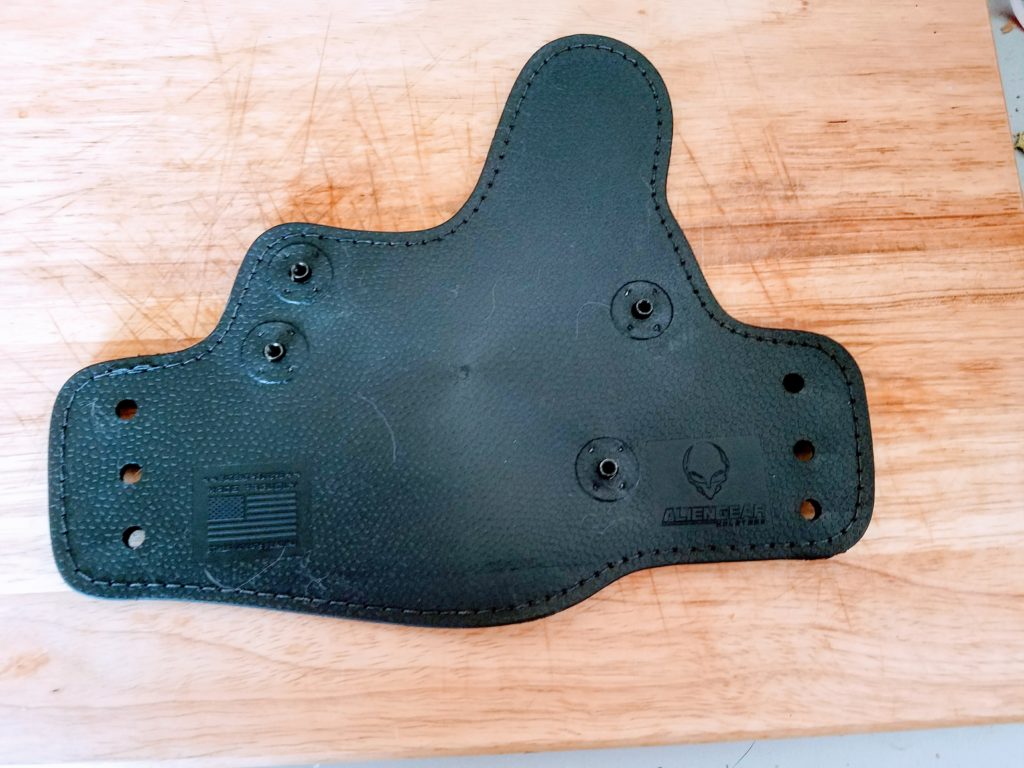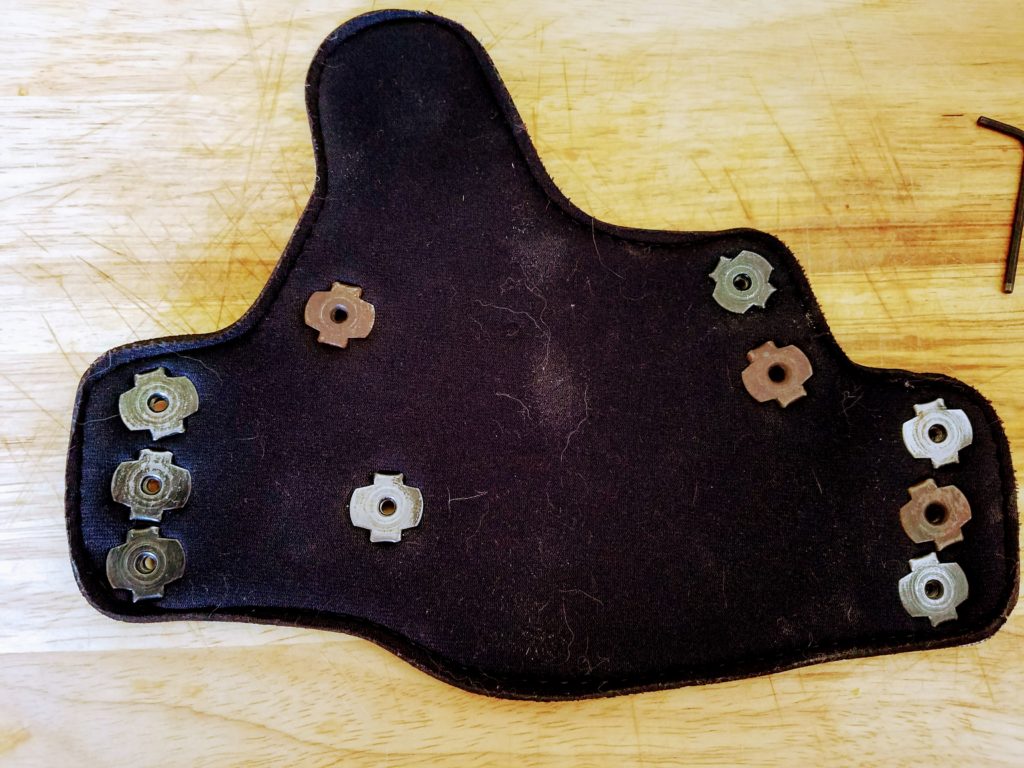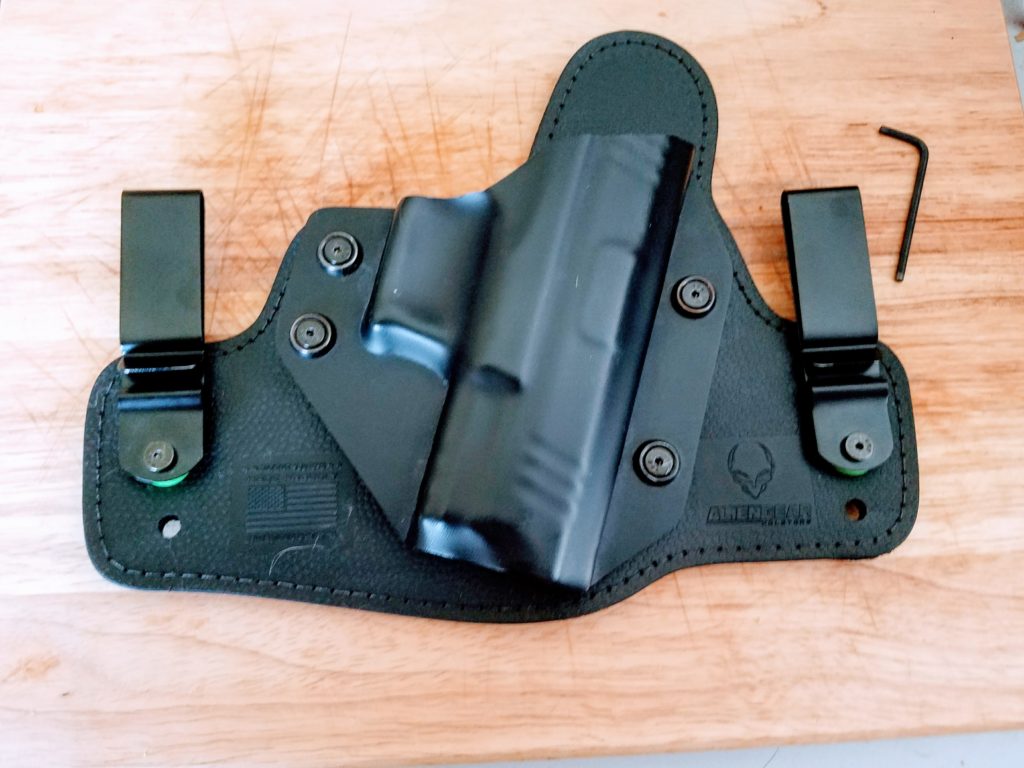Recently, I read that Elio was saying that it needed more money to make some prototypes, do testing, and actually start producing their nifty little car.
A lot more money.
Somewhere around the lines of $376 million.
For those of you that haven’t heard of Elio, they’re a company that was created in 2009 to produce a reverse trike car with a 55hp engine that should be able to reach a top speed of “over 100mph,” and a fuel efficiency of 84mpg highway (according to their site). Currently, the base price is $7450. They started taking pre-orders in 2013, with projected production in 2014… and then 2015… or was that 2016? Maybe 2017… nope, 2018, and this time we mean it!
Oh, and the Louisiana parish that has helped secure them an old GM plant to produce these things is now starting to ask some very pointed questions. Apparently, this company has been holding onto this plant for 3 years, and, after promising to add 1500 jobs to the area, there are currently 28 on the payroll.
I might have written this off as another start-up company that simply bit off more than it could chew, except it’s remarkably similar to another company in the 1970’s. That company was the 20th Century Motor Company and the Dale.
If you’re not familiar with the Dale, Jalopnik has done a wonderful job of chronicling it here, as has Car & Driver here. The quick description is that 20th Century Motor Company was setup to produce the Dale, which was supposed to be a reverse trike car that had a 40hp engine. It would reach 85mph, see 70mpg, and cost $2k (a bit over $9k in today’s money). The media at the time lapped it up, and even the Price is Right had it as a possible prize.
Of course, the entire thing was a scam. The vehicle that was pushed onto the display floor on the Price is Right wasn’t a functioning vehicle, and it was discovered that the prototype that they used in many of their promos didn’t have a steering wheel, or a gas peddle, and the engine was actually from a lawn mower and wasn’t hooked up to the transmission.
The owner of the company fled with the money she had stolen from the company, and was eventually caught years later. Oh, I think I forgot to mention that she was actually using a false name at the time, and was wanted on several money laundry charges. It really is a fascinating story.
So… let’s check off similarities between the Elio and the Dale:
Both are three wheel cars in a trike configuration
Both claim to be able to squeeze great performance out of small engines (“>100mph”/85mpg/55hp vs 85mph/70mpg/40hp)
They’re not far from the same price, adjusted for inflation (starting at $7450 vs $9k)
Both started business during a gas crisis. The Dale had the 70’s gas crises, and Elio was started when $4/gallon prices were not unusual.
Both set production deadlines that they weren’t able to meet. The Dale saw many “delays,” and Elio has consistently pushed their production time back since 2014.
Both have taken in millions in both investment money and pre-orders with no working vehicles produced. Yes, there are YouTube vids of people driving Elios, but you’ll notice that they all state that that prototype doesn’t have the engine that will be in the production vehicle.
Both are claiming to use parts from vehicles from other manufactures, but aren’t actually connected to those manufacturers (as far as I know).
I’m not saying that the Elio is absolutely a scam, and they will never produce anything, but that’s the way I’m leaning until they actually come out with something.





